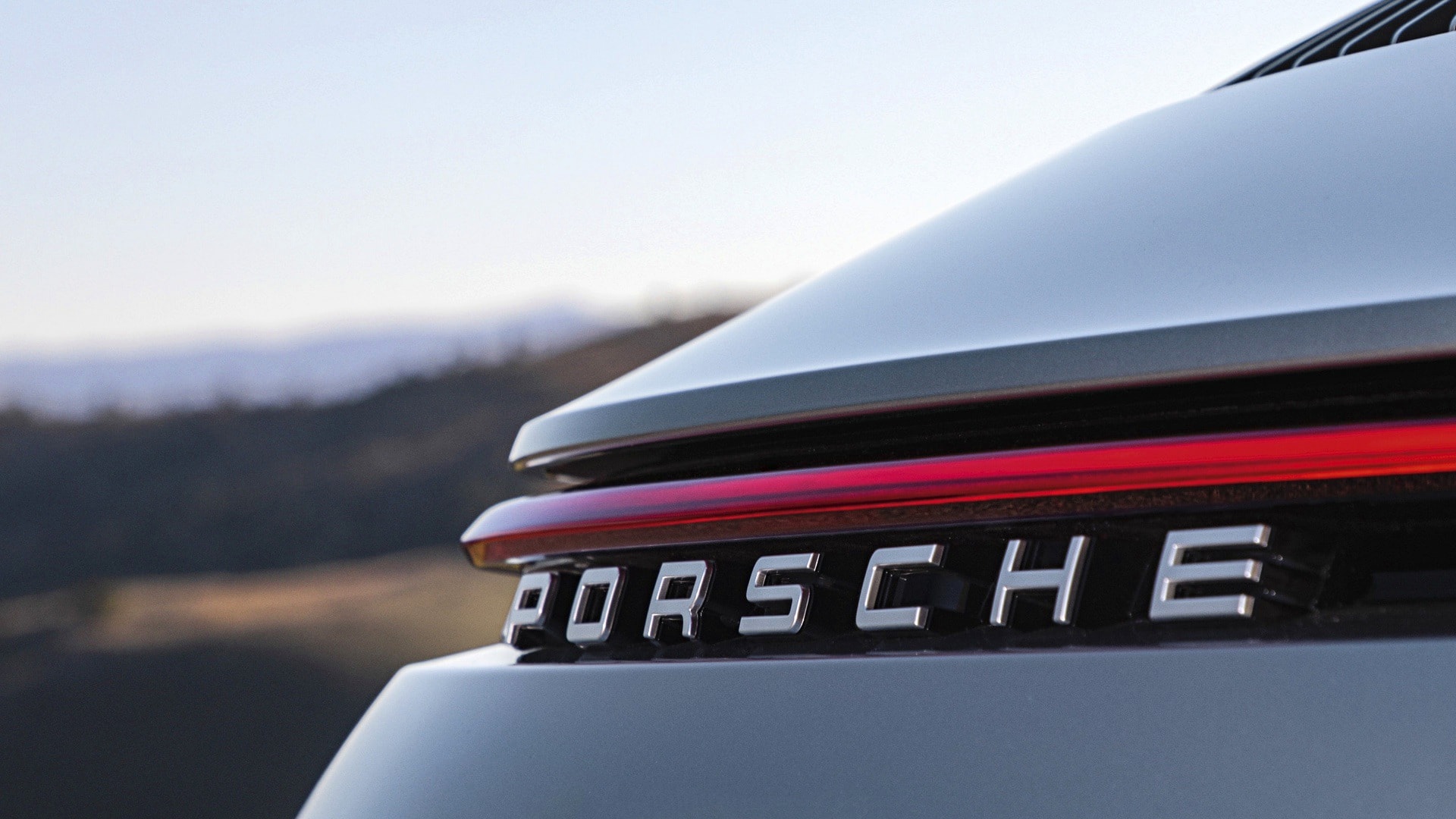
Porsche's 6-stroke engine could be a game-changer in automotive engineering
What's the story
Porsche, a renowned German automaker, is making waves in the automotive industry with its recent patent filings for a six-stroke engine. This development indicates a potential shift from the traditional four-stroke engines, and could mark a significant evolution in combustion engine technology. The company has submitted its patent to the US Patent and Trademark Office (USPTO), outlining plans for this groundbreaking six-stroke engine design.
Design details
Closer look at the engine design
The patent documents reveal that Porsche plans to enhance the conventional combination of intake, compression, power, and exhaust by adding more compression and power strokes. The primary difference between a standard four-stroke engine and Porsche's six-stroke design, lies in the cam and valve timing. This advanced design aims to improve upon traditional two and four-stroke engines by enhancing fuel efficiency while reducing emissions.
System intricacy
A complex yet efficient system
Porsche's six-stroke engine operates via two cycles: intake-compression-power and compression-power-exhaust. The innovative element in this design is a crankshaft that rotates around two concentric circles, or an annulus. This setup shortens the distance traveled by the piston, alters the engine's compression ratio, and makes two top and bottom dead centers for enhanced overall engine efficiency.
Power optimization
Aim to maximize power
The primary objective of Porsche's innovative engine design is to maximize power. Unlike traditional engines that generate power every four strokes, this new design would produce power every third stroke while making more efficient use of the air-fuel mixture. However, the patent does not provide details on how engineers will tackle vibrations, RPM ranges, harmonic balance, or other technical concerns related to engine mechanics.